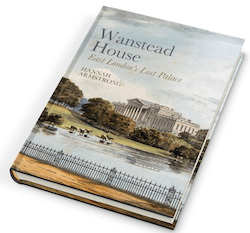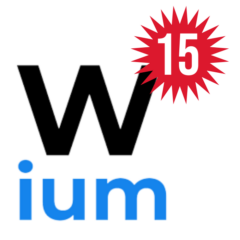
The title of Hannah Armstrong’s landmark book Wanstead House: East London’s Lost Palace, which is to be published next March, has sparked a bit of a debate. Specifically: was Wanstead House in Essex or London?
Dr Armstrong spent years researching the history of the House, which once stood grandly in Wanstead Park. She has thoughts on the Essex/London matter, and writes the following:
Thank you everyone for your interest in my forthcoming book. As you can imagine, the title of a book requires careful consideration and there are several reasons why we chose ‘Wanstead House: East London’s Lost Palace’.
If Wanstead House were still to exist, it would be situated in east London, both in terms of postal district (since 1856) and local government (since 1965). The fact that it is no longer here means that it has been lost to east London.
Other existing houses, such as Kenwood, Osterley, Chiswick, Ham and Syon, despite having originally been part of Middlesex are now seen as part of London.
Perhaps most important is the relationship that Wanstead’s owners such as Josiah and Richard Child had with the capital. They looked towards London, not Essex, to make their fortunes and to build their social status. Many contemporary accounts and images of Wanstead highlight the estate’s proximity to the capital and John Rocque featured Wanstead in his famous Survey of London and its environs in 1746. To have named the book ‘Essex’s Lost Palace’ would have been to ignore a major strand of why Wanstead developed as such an important estate. That is why it felt most appropriate to refer to east London.
I hope that gives you a better understanding of why we chose this title and I hope you enjoy the book when it comes out next year.
The book is now available for pre-order from Wanstead Bookshop for £30, a pre-order discount of £15 on the cover price. Pre-ordering helps Liverpool University Press finance the printing of the book.
